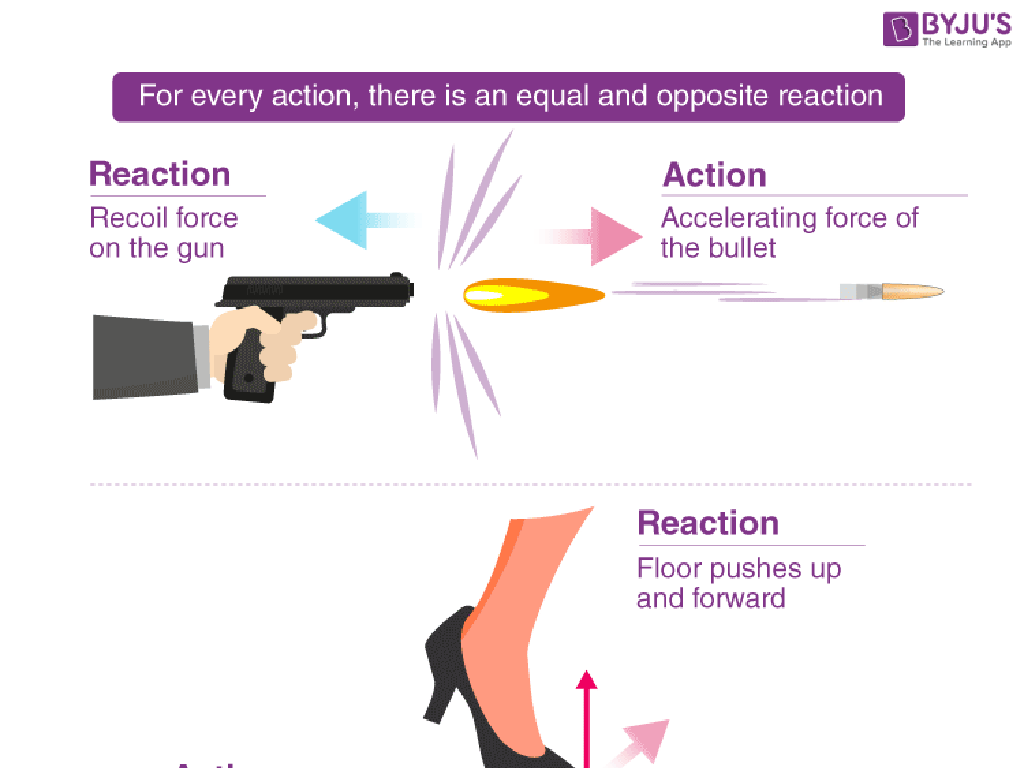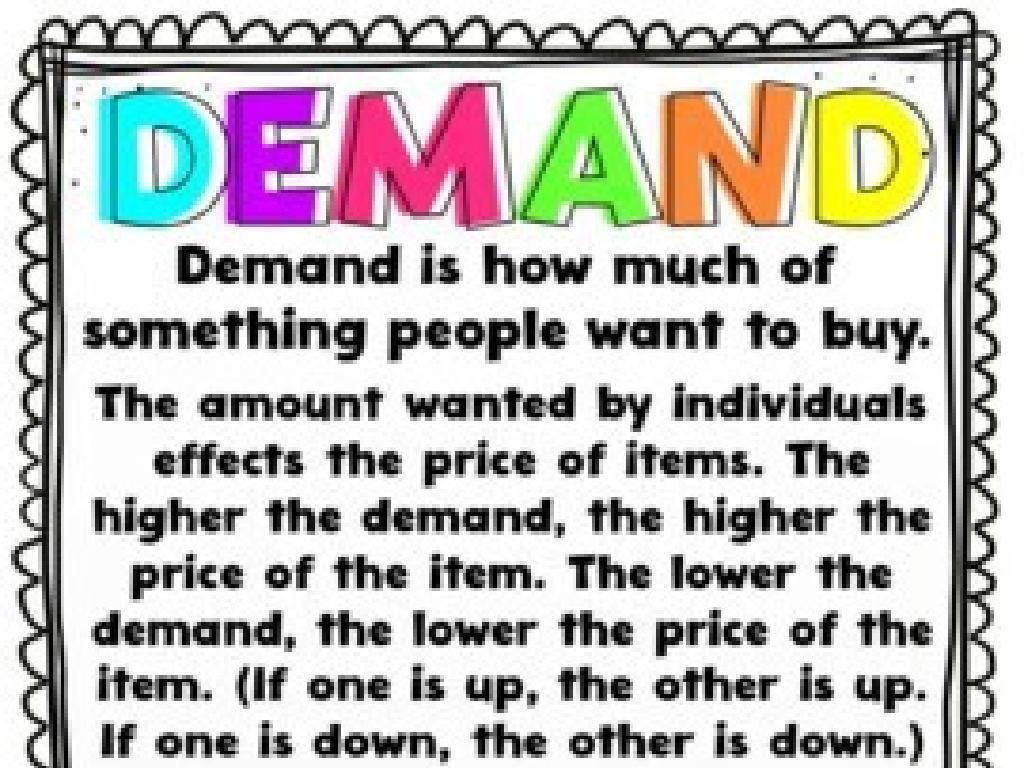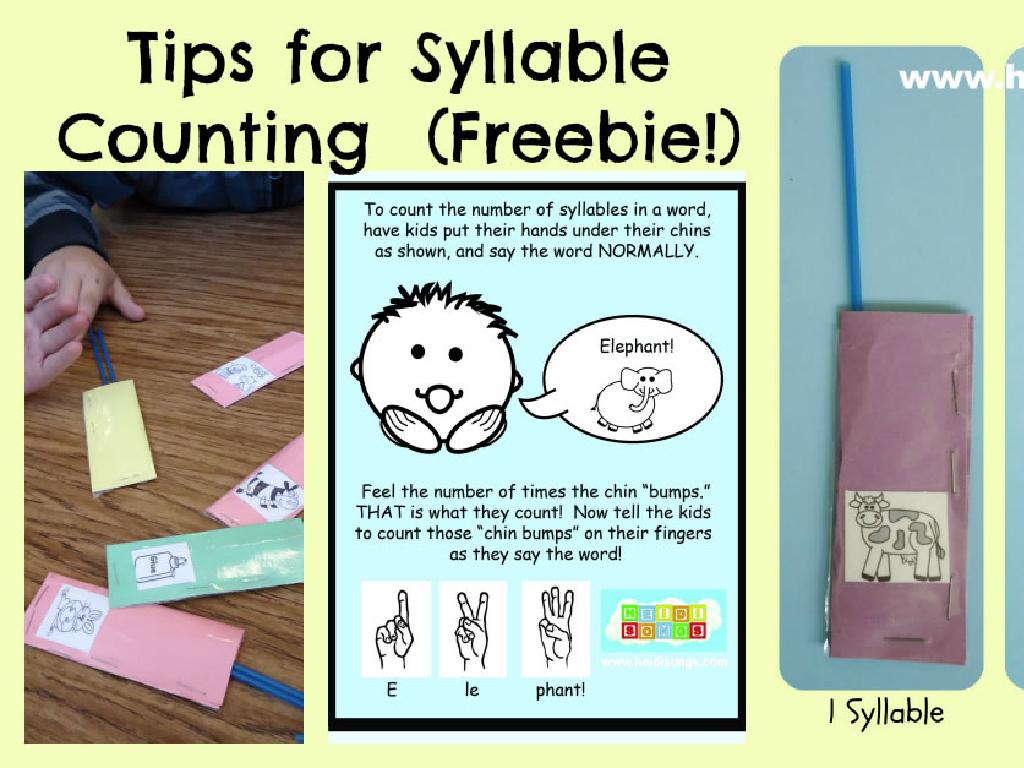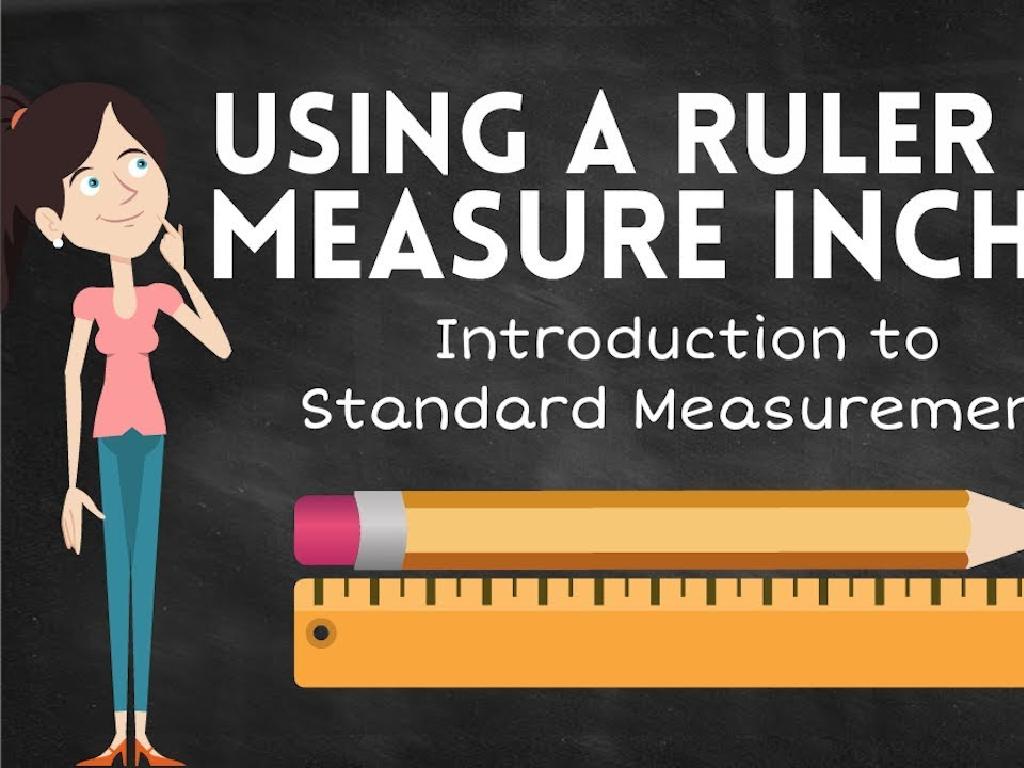Which Customary Unit Is Appropriate?
Subject: Math
Grade: Fourth grade
Topic: Customary Units Of Measurement
Please LOG IN to download the presentation. Access is available to registered users only.
View More Content
Understanding Customary Units of Measurement
– Exploring measurement methods
– Learning about Customary Units
– Customary Units include inches, feet, yards, and miles for length.
– The role of units in daily life
– We use units to measure things like distance, volume, and weight every day.
– Choosing the right unit
– How to decide if you should use inches, feet, yards, or miles.
|
This slide introduces students to the concept of measurement and its significance in everyday life. Begin by discussing various ways we measure things, such as length, volume, and weight. Introduce Customary Units, which are predominantly used in the United States, and provide examples of when to use each unit. Emphasize the importance of choosing the appropriate unit for different situations, such as using inches for small objects and miles for long distances. Engage the class with examples like measuring their height, the length of the classroom, or the distance to school. This will help them understand why measurement is crucial and how it applies to their daily activities.
Choosing the Right Customary Unit
– Units for length: inches, feet, yards, miles
– Use inches for small items, feet for medium, yards for larger, miles for distance
– Units for weight: ounces, pounds, tons
– Ounces for light items, pounds for heavier, tons for very heavy objects
– Units for volume: cups, pints, quarts, gallons
– Cups for small amounts of liquid, pints/quarts for more, gallons for large volumes
– Selecting appropriate units
– Choose based on object size and what makes sense for the measurement
|
This slide introduces students to the customary units of measurement used in the United States for length, weight, and volume. It’s crucial to provide examples for each unit to help students visualize when to use them. For instance, inches are used to measure the length of a pencil, while miles are used for the distance between cities. Ounces might measure the weight of a letter, while tons could be used for a car. Cups could measure a serving of juice, and gallons the amount of milk in a jug. Encourage students to think about the object they’re measuring and to choose the most sensible unit. Activities can include estimating and then measuring objects in the classroom with different units.
Choosing the Right Customary Unit
– How to pick the correct unit?
– Match unit to object size
– Consider the object’s dimensions
– Inches for small items
– Pencils, paperclips, or a book’s width
– Yards for large areas
– Football fields, park distances
|
When teaching students how to choose the appropriate customary unit for measuring, start by explaining that the size of the object determines the unit we use. Smaller objects are typically measured in inches, while larger items are measured in feet. For very large distances or areas, such as the length of a football field or the distance across a park, we use yards. Encourage students to visualize the object and compare it to known benchmarks (e.g., a pencil is about the width of a hand, a bed is as long as a child is tall, a football field is about as long as a city block) to help them decide on the most fitting unit of measurement.
Understanding Length Measurement
– When to use inches, feet, yards
– Use inches for small items, feet for medium, yards for larger distances.
– Measure classroom objects
– Use a ruler or tape to measure items like books, desks, and the chalkboard.
– Record measurements correctly
– Write down the size of each object with the right unit: inches (in), feet (ft), or yards (yd).
– Discuss measurement choices
|
This slide introduces students to the concept of length measurement in customary units. Begin by explaining when to use inches, feet, and yards, providing examples for each (e.g., a pencil is measured in inches, a guitar in feet, and a football field in yards). For the hands-on activity, have students use rulers or tape measures to find the length of various objects around the classroom. They should record these measurements, paying attention to selecting the appropriate unit based on the size of the object. After the activity, discuss why certain units were more appropriate for certain measurements. This will help students understand the practical application of measurement units. Prepare a list of objects to measure and ensure that there are enough measuring tools for all students.
Understanding Weight Measurement
– Learn ounces, pounds, and tons
– Smallest to largest: ounces, pounds, tons
– Real-life weight examples
– A stamp is a few ounces, a dog may be 50 pounds, a small car is about 1 ton
– Class activity: Guess and weigh
– Use a scale to measure items like a book, a backpack, and a water bottle
– Discuss our findings together
|
This slide introduces students to the customary units of weight measurement. Start by explaining the concept of ounces, pounds, and tons, and how they increase in size. Provide relatable examples to help students visualize the weight of different objects. For the class activity, have students guess the weight of various classroom items before actually weighing them to see how close they were. This hands-on experience reinforces their understanding of weight measurement. After the activity, discuss the results with the class to correct any misconceptions and to emphasize the practical use of these measurements in everyday life. Prepare a list of items with varying weights for the activity and ensure a scale is available for use.
Understanding Volume Measurement
– Measuring liquids correctly
– Cups, pints, and quarts usage
– Use cups for small amounts like a drink, pints for more, like milk, and quarts for large volumes like soup.
– Demonstrate with water
– Practice pouring water to see how much each container holds.
– Recognize different units
|
This slide introduces students to the concept of measuring volume, specifically for liquids. It’s important to explain that different units of measurement are used depending on the quantity of liquid. Cups are typically used for smaller amounts that one might drink in a single sitting, pints are used for slightly larger quantities like a standard carton of milk, and quarts are used for even larger volumes, such as a pot of soup. A hands-on demonstration with water will help students visualize and understand the differences between these units. Have various containers available for students to practice measuring and pouring water. This will reinforce their understanding of volume and the appropriate customary units to use for different amounts of liquid.
Choosing the Right Customary Unit
– Tips for correct unit selection
– Consider the object’s size and weight
– Practice with example scenarios
– Use everyday items to guess: teaspoon, cup, foot, yard, etc.
– Interactive Q&A session
– Students suggest units for various objects
– Understanding unit appropriateness
|
This slide is aimed at helping students understand how to choose the appropriate customary unit for measuring different items. Start by discussing tips such as considering the size and weight of the object. Provide example scenarios with common items to help them practice selecting the right unit, like using teaspoons for small amounts of liquid or yards for longer distances. During the interactive Q&A, present various items and ask students to suggest the best unit to measure them, fostering engagement and reinforcing the concept. Ensure that students grasp why certain units are more suitable for specific measurements, which will aid in developing their estimation skills and practical understanding of measurement.
Class Activity: Unit Relay
– Form teams for measurement relay
– Measure various items with your team
– Choose the right customary unit
– Is it best measured in inches, feet, yards, or miles?
– Present and explain your unit choices
– Share why you picked inches, feet, yards, or miles
|
This interactive class activity is designed to help students understand and apply their knowledge of customary units of measurement in a practical setting. Divide the class into small teams, and provide a variety of items for them to measure. Each team will decide on the most appropriate unit of measurement for each item, whether it’s inches, feet, yards, or miles. After the activity, teams will present their findings to the class, explaining why they chose specific units. This will foster a deeper understanding and encourage discussion about the practical use of measurement units. Possible items for measurement include classroom objects, lengths of string, or distances in the schoolyard. Ensure that each team has access to rulers, tape measures, or other measuring tools.
Conclusion: Choosing the Right Unit
– Importance of correct units
– Review: inches, feet, yards, miles
– Smaller objects are measured in inches or feet
– Review: ounces, pounds, tons
– Heavier items use ounces, pounds, or tons
– Next: Estimating measurements
– Learn to guess and compare sizes and weights
|
As we wrap up today’s lesson, it’s crucial to emphasize to students the importance of selecting the appropriate customary unit for different items. Remind them of the units we’ve covered: inches, feet, yards, and miles for length; ounces, pounds, and tons for weight. Reinforce the concept that smaller or shorter items are typically measured in inches or feet, while larger distances are in yards or miles. For weight, lighter items are in ounces, heavier in pounds, and very heavy objects in tons. Next class, we’ll focus on estimating and comparing these measurements, which will help students make educated guesses about length and weight before measuring. Encourage them to start thinking about objects in their environment and what units they would use to measure them.





